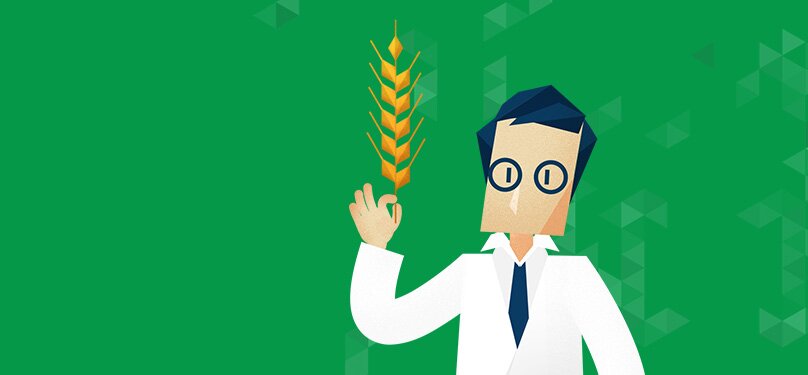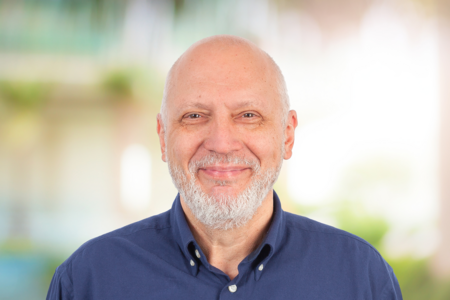PGR Go

26 July 2016
OMG! Look, over there! Mewtwo! Quick, let’s catch it
Oh, I’m sorry, did I distract you from your own Pokémon Go? Seems like everybody’s at it these days. You see devotees on the street, in public buildings, in parks, pointing their mobile phones hither and thither, searching for the elusive little creatures, swiping away, occasionally jumping for joy. I hear one guy spent hundreds of hours over several weeks collecting all the different types available in the USA. It’s clearly addictive. And fun. But could it also be useful?
Try tweaking the rules just a bit. Imagine that each Pokémon is a different type of wheat, or sorghum, or potato. There are thousands of them all over the world, not just dozens. And of course you find them in out-of-the-way rural hideaways, not your local gym. You have to go to special places if you want to find a lot of different types all together: southwest Asia for wheat, maybe Ethiopia for sorghum, the Andes mountains of South America for potatoes. But you’re still stronger the more types you capture.
Well, that’s what genebanks do. Their work is to play a version of Pokémon Go I like to call PGR Go. PGR for plant genetic resources, another term for crop diversity. I mentioned one of the champion PGR Go players a couple of weeks ago on this blog, when I was talking about where our crops come from: Nikolai Vavilov. He travelled all over the world looking for wheat and sorghum and potato Pokémons, conserving them in one of the world’s first genebanks, using them to breed better crops. It’s a very inspiring story: a story of perseverance and courage but, unfortunately, in the end, also tragedy.
Of course, the parallel is not perfect. I don’t think you can exchange Pokémons with your friends, which is, of course, something genebanks do all the time, having realized that, if your Pokémons are wheat rather than Ivysaures, it’s better to collaborate than to compete. Also, genebanks are far from being a game: they keep plant breeders supplied with the Pokémons crop diversity they need to keep agriculture going, after all. And genebanks, unlike the Pokémon Go app, don’t come free.
The other big difference, I think, is that genebanks are – or ought to be – forever. Pokémon Go fever is already beginning to die down, and I can’t imagine anyone remembering a top Pokémon Go player’s name a hundred years from now. But we do remember Vavilov.
I’m actually going to visit Vavilov’s genebank this week, the Vavilov Research Institute of Plant Industry in St Petersburg, Russia, and I’ll tell you all about it in due course. But a paper has coincidentally just come out which uses Vavilov’s life and career to discuss and help teach the nature of science. It’s well worth a read. When you get to the bit about Vavilov’s adventures between 1922 and 1940, think of it as a global Pokémon hunt, with food security as the prize.
Perhaps I’m dreaming, but maybe Nintendo would like to donate some of its profits from the game to support PGR Go.
The opinions expressed here are those of the authors and do not necessarily reflect the opinions or views of the Crop Trust. The Crop Trust is committed to publishing a diversity of opinions on crop diversity conservation and use.

